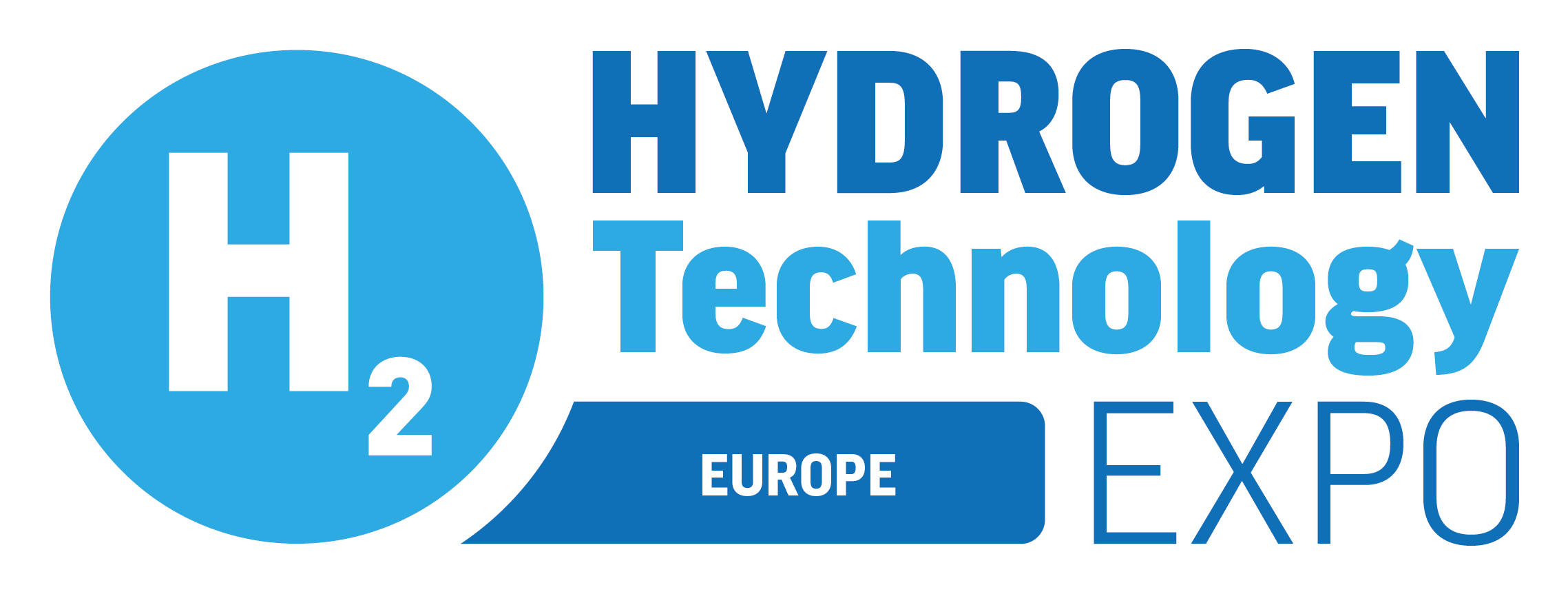The future potential of plasmolysis for the full hydrogen economy
According to the International Energy Agency (IEA), less than 1% of current hydrogen production is low emission. The agency has also found that, to achieve net zero emissions by 2050, low emission hydrogen must increase to 50% of global production by 2030.
Electrolysis has been the predominant way to create low emission hydrogen to date because it can be powered by renewable electricity. However, current benchmark electrolysis technologies face several challenges including cost, hydrogen yield, scalability, and complexity of manufacture.
Producing hydrogen via plasmolysis, combining the plasma-induced thermal breakdown of water with the electrochemical breakdown, typical of electrolysis, is proving to be a novel alternative with many potential advantages and applications in a future hydrogen economy. As plasma is generated with electricity, when it is powered from renewable sources, the process can also be carbon neutral.
Until recently plasmolysis has mainly been the focus of bench-scale academic research. However, Tetronics’ first phase trials, backed by the UK government department DESNZ, have shown that hydrogen plasmolysis works as a viable prototype, taking it from Technology Readiness Level 4 (bench-scale testing) to Level 6 (a prototype system tested in a relevant environment). The success of these trials has led to the Phase 2 development of the world’s first and largest hydrogen plasmolysis plant (300 kW) that will demonstrate, at commercial scale, the viability of plasmolysis to create low emission hydrogen at greater efficiency and lower cost than electrolysis.
During the presentation, Tetronics will share the results of its phase 1 trials and the never-before-seen results from the phase 2 development plant. Plasmolysis is not simply an alternative to electrolysis, but a different way of thinking about hydrogen production that can also stimulate the growth of the wider hydrogen economy needed to achieve 2030 production targets.
While hydrogen plasmolysis is a new application, the plasma-arc technology which drives the process is well-established in various commercial applications. Tetronics’ IP spans 127 patents and 100 reference sites across global applications, such as catalyst and mineral recovery, waste treatment and decarbonisation of heat intensive manufacturing like steel, glass, and cement. Public discussion of the benefits of hydrogen plasmolysis has been limited. With that in mind, Tetronics’ presentation will highlight the many benefits of hydrogen plasmolysis and future potential applications for the hydrogen economy that have not yet received wider attention.
The benefits and applications of plasmolysis plants
Plasmolysis requires simple and traditional manufacturing techniques and parts, allowing the system to function in a wide range of operating conditions, for example at raised temperature and with a range of feedstocks, without risking the degrading of components such as membranes or electrodes typically associated with electrolysis.
This makes plasmolysis plants easier to make and maintain, enabling the use of common and consumable components, extending the life of a plasmolysis plant. The simple design has the potential to reduce the capital and operational expenditure of low emission hydrogen production, reducing the barriers to production for many potential stakeholders. The range of operating conditions which the system can be subject to allows it to fit flexibly into operational sites and to benefit from waste heat or other aspects of a process for easy integration too.
On top of this, plasmolysis does not require a conductive electrolyte to generate the reaction between the plasma and the feedstock. Often electrolytes are produced using aggressive chemicals which can degrade equipment and have their own environmental impacts.
Plasmolysis plants are flexible in terms of feedstocks thanks to their simple design. This creates a wide range of applications for plasmolysis plants in a future hydrogen economy.
For example, plasmolysis plants can create hydrogen from ammonia and methanol, two chemicals that have been identified as affordable and effective ways to transport hydrogen. This enables heavy industries, like iron and steel, to produce the hydrogen needed to decarbonise their processes on site. This would allow for greater access to hydrogen where heavy industries do not have a connection to a larger hydrogen gas network.
Subject to application purity tolerance, plasmolysis can produce hydrogen from tap water, sea water, and even wastewater, which opens new horizons for hydrogen production. It can be done anywhere using tap water, or it can be created at renewable generation sites, such as offshore windfarms, where sea water is abundant. On top of this, the ability to use wastewater means hydrogen can be created from an abundant waste product – the thermal heat from the plasma destroys any harmful waste elements.
A further benefit of plasmolysis plants that makes them suitable for applications at renewable energy sites is their ability to run at low or high power levels with no detrimental effect on operations. The intermittency of renewable energy makes this an issue for electrolysers; an issue that plasmolysis plants would not face.
Hydrogen plasmolysis has significant future potential as a technology that can stimulate the growth of the hydrogen economy and help to achieve 50% low emission hydrogen production by 2030.





)
)
)
)
)
)
)
)
)
)
)
)
)
)
)
)
)
)
)
)
)
)
)

)
)
)
)
)
)
)
)
)
)
)
)
)


)
)
)
)
)
)
)
)
)
)
)
)

)

)
)
)

)
)
)

)
)
)
)
)
)
)
)
)
)
)


)
